
Digimon Story Cyber Sleuth: Complete Edition Switch Review
Digimon has never been as popular as it main competitor, Pokemon, but it does have a special place in my heart. I especially remember playing hundreds of hours of Digimon World 2 as a kid, which is perhaps the game that started my love for RPGs. Even if I took some distance from Digimon games (most of them were on portable consoles I didn’t own) I knew I had to play Digimon Story: Cyber Sleuth and Digimon Story: Cyber Sleuth Hacker’s Memory when they came out in the West in 2016 and 2018 respectively for the PS4 and ended up putting hundreds of hours into both of them. They were excellent games back then, and now that they’re on Switch (and also Steam), I’m happy to say that they still are great.
First things first: despite being part of the Digimon Story series, these two Cyber Sleuth games are very much their own thing, at the very least in terms of storyline. In fact, I could even see people not familiar with Digimon at all play these games and enjoy them, though the order in which they should be played is important. As soon as you hit New Game, a new scene added to this collection will ask you which story you would like to play first. This is great for people who played one of them and not the other, but for anyone else the right place to start is with the first game, Digimon Story: Cyber Sleuth, since the story of Hacker's Memory assumes you have played this first.
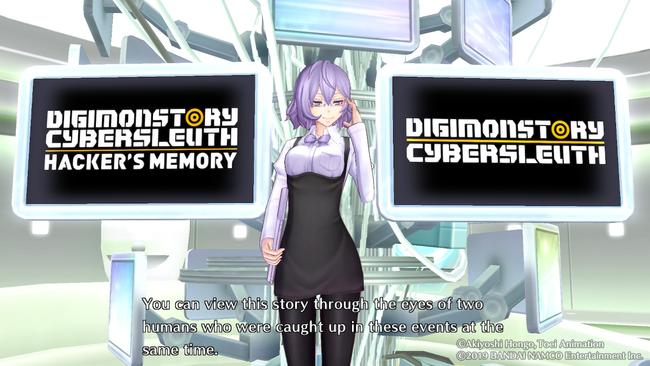
In the first Cyber Sleuth, you play as a silent character (that you can name and also choose their gender) who frequents a chat room in EDEN, a very advanced VR social network. After being told to go with their friends to a specific place in EDEN under the threat of being hacked, your character and their two friends Nokia and Arata meet face to face for the first time in this cyberspace in which they mysteriously get installed a Digimon Capture program. In this world, Digimon are treated as programs only used by hackers to do bad things.
After finding your first Digimon, the group is attacked by a weird digital creature and hurry to log off but your character only barely makes it. This puts them in a strange condition in which their real body doesn't wake up, but their data did log off and has taken corporeal form, giving them the ability to access the network using essentially any electronic device. This catches the eye of detective Kyoko Kuremi, who gives you a hand with your situation in exchange of being her cyber sleuth assistant.
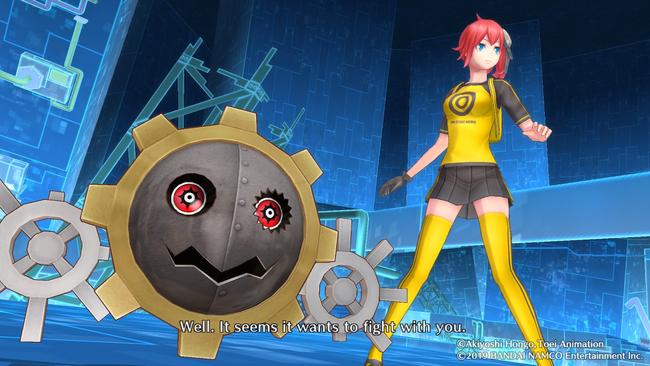
From there, the story branches into three main threads that you experience while also solving small side missions for the detective agency in many of Tokyo’s neighborhoods. Nokia, with the help of her Agumon and Gabumon, tries to make people understand that Digimon are living things and not programs; Arata helps you investigate strange digital phenomena that is happening in the real world; and Yuuko, a girl you meet at a hospital, hires you to investigate her father’s disappearance and its relation with the EDEN syndrome, in which people fall into a coma while logged into EDEN.
All these stories then collide in what can be called a very classical Digimon moment, where suddenly things escalate and get more serious than they already were, while still maintaining the charm inherent to the game. With its many twists, turns, and genuinely funny writing, I feel very confident saying that it is one of the best Digimon stories I have experienced, with some of my favorite characters in the entire franchise. For those familiar with the show, I would put the story of Cyber Sleuth right on the top along with Digimon Tamers, which I consider the best season of the anime.

Hacker’s Memory, by comparison, is a weaker story. You play as a boy (also silent, except for some internal monologues) who gets his EDEN account stolen and receives a hint from a mysterious hacker on who might have his account. On the way, he meets hacker team Hudie who work with other hacker groups to protect EDEN and they happen to have the same target as you. The protagonist joins their team and starts taking these jobs while also trying to get closer to the one who stole his account. This particular story has some issues that come from its own writing but also from the nature of the game itself.
For starters, Hacker’s Memory also tries to juggle multiple plot threads but none of them intersect in particularly interesting. They’re not bad on their own, but they feel disjointed in a way that the base Cyber Sleuth managed to avoid. The cast of Hacker’s Memory also lacks the charm of the Cyber Sleuth characters. In fact, the emotional core of this story is centered around a character that can be easily summed up as “tsundere little sister with a terminal illness”, which is a very weak and overused character type. The side missions and the NPC dialogue is where the best writing is.
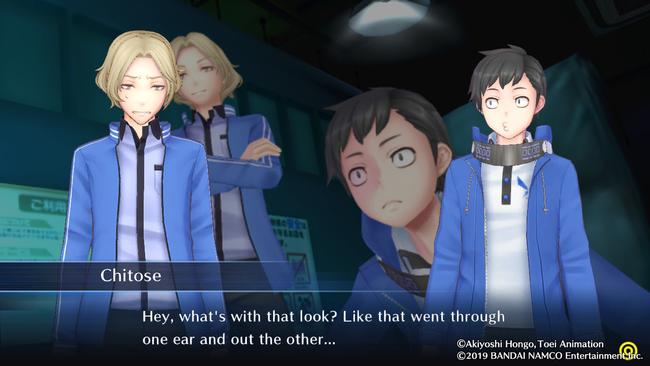
But the one thing that Hacker’s Memory can’t and could never escape is that it’s a side-story. Since it takes place during the base Cyber Sleuth, you know how it can end because Hacker’s Memory can’t do anything to alter the main story of that game without causing continuity problems. At the very least, Hacker’s Memory takes some of the side characters from Cyber Sleuth and expands their story in positive ways, but it never stops feeling like a story that doesn’t need to be told, because nothing of great importance happens. If it did, it would have to be addressed in Cyber Sleuth, and that is not how the base game is written. It’s not a bad story on its own, but it’s not on the same level as Cyber Sleuth.
Other than that, these two games don’t have many differences mechanically. Both are turn-based RPGs in which you can bring a party of three Digimon and eight reserve Digimon, while also having a storage bank where you can deposit many other Digimon you might not be using or a farm that can raise the level of some of your unused Digimon. Elemental weaknesses are in play and so is the classic Virus-Data-Vaccine triangle that form the Digimon types. As such, you are encouraged to form diverse parties, and to do that you will be using the Digievolution system that can be a little daunting at first but ends up being quite addictive if you like collecting Digimon.
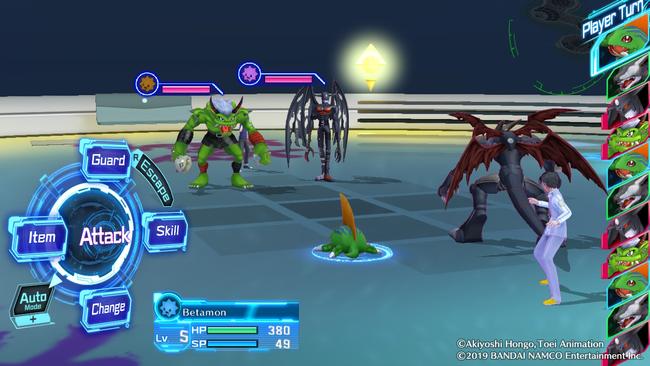
When you find a Digimon through a random encounter, a meter fills up. At 100%, you can utilize that data to materialize that Digimon and add them to your team, although if you get the meter to 200% it comes with improved stats. Once you have that Digimon you can start leveling them up in order to evolve or even devolve them. Both increase their maximum level, which in turn makes it possible to reach higher stats that they might need in order to meet the criteria for certain evolutions. Devolving them is particularly useful since the evolution trees are very expansive and getting a Digimon all the way to their lowest form allows you to go on a completely different evolution path while also being able to inherit the skills the original form had. The games even offer DNA evolution (basically, fusing) and quests to unlock powerful evolutions of Digimon that are part of the story.
But while as RPGs these two games are great, the thing that really elevates them above many others in this genre is its style. I find this Cyber Sleuth series to be the most stylish Digimon has ever been and that is mainly because of two key members of the development team: Suzuhito Yasuda, character designer in the Shin Megami Tensei: Devil Survivor games, and Masafumi Takada, composer mostly known for his work in the Danganronpa series. Combining the works of these two artists gives Cyber Sleuth a very unique personality that goes very well with its hacking theme, even if Yasuda still doesn’t really understand how women's clothing works and some of the female designs are a bit embarrassing.
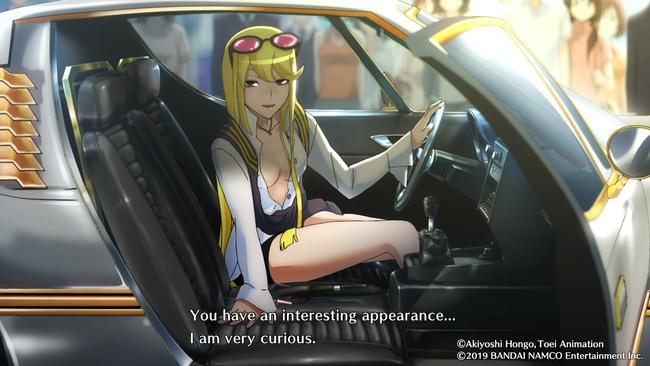
As for the port itself, the way the games are bundled together is very practical. You use a single save slot for both games, which makes it so that you can share progress in things like collectibles and the Field Guide (the game’s equivalent to the Pokedex). This also brings some of the improvements from Hacker’s Memory to the base Cyber Sleuth, such as the new Digimon it introduced, the option to change costumes, expanded evolution trees, even more useful tutorials and some balance changes that were made for Hacker’s Memory. The Switch port doesn’t look noticeably different than the PS4 versions of the games and its very stylized visual design shines both in docked and portable play.
Perhaps the only noticeable difference is some framerate drops while exploring certain areas, but they are few and you only notice them because the rest of the game runs at a very smooth 60 frames per second. The other weird issue this port has is that the volume is very loud, to the point where you can notice audible clipping in the voice tracks both with and without headphones. Lowering the volume to around 30% fixed the issue and put it at the same volume as every other sound coming out of the Switch or my TV, but it’s still a minor issue that should hopefully be fixed with a patch.
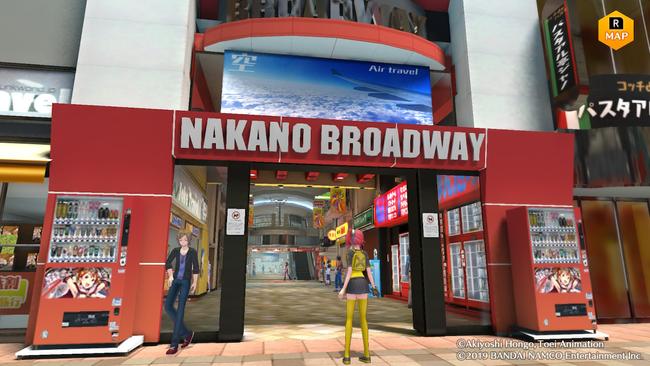
All in all, it’s hard to argue against this collection, even with those small technical issues. For less than a full-priced game you are getting not one, but two great and substantial RPGs. Cyber Sleuth is easily among the best Digimon games and stories, while Hacker’s Memory might have its downsides compared to the base game but still is an good game on its own. If you ever enjoyed Digimon but haven’t played either of these games, then this is the way to experience modern Digimon at its best. Even those who haven’t heard of Digimon can have a good time since they’re great RPGs, and those who already played them can even go back to the original Cyber Sleuth and enjoy its improvements taken from Hacker’s Memory. If the future of Digimon games takes notes from this series, then I’m excited to see them evolve even further.